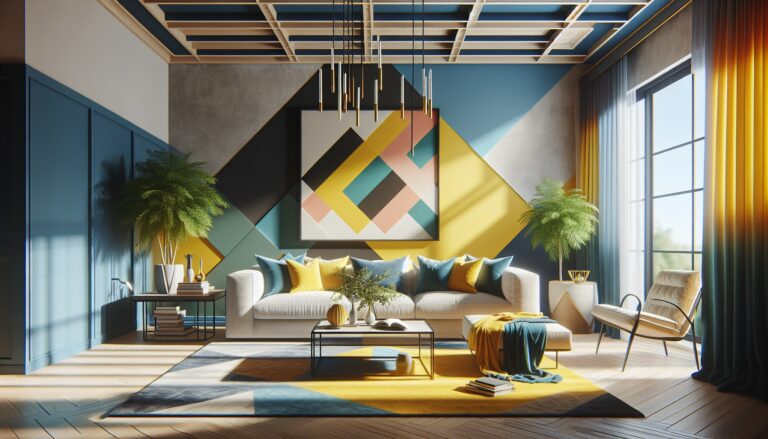Argomenti trattati
Introduction to Josef Albers’ color philosophy
Josef Albers, a pivotal figure in modern art and education, has left an indelible mark on the world of color theory. His innovative approach to color relationships, particularly through his renowned “Homage to the Square” series, has captivated artists and designers alike. As TikTok trends reveal, many are turning to Albers for inspiration in their interior design projects, seeking to infuse their spaces with the same boldness and vibrancy that characterize his work. Albers believed that color is not merely a visual element but a dynamic force that interacts with light and space, creating an emotional experience for the viewer.
Applying Albers’ principles in interior design
Design professionals emphasize the importance of understanding Albers’ color theories when incorporating them into home decor. Margarita Bravo, founder of a design studio, highlights the structured yet flexible approach Albers provides for layering colors. She suggests using the 60/30/10 rule, a common guideline in interior design, which aligns beautifully with Albers’ geometric compositions. The largest color should dominate the space, while the mid-tone and accent colors can be used strategically to create balance and harmony. This method not only pays homage to Albers’ work but also ensures a cohesive and inviting atmosphere.
Experimenting with color saturation and light
Another critical aspect of Albers’ philosophy is the fearless use of color saturation. Designers like Suzan Wemlinger advocate for embracing bold hues, encouraging homeowners to start with the color that resonates most with them. This approach allows for a more personalized and expressive design. Furthermore, light plays a crucial role in how colors are perceived. Testing paint swatches in various lighting conditions can help determine how the chosen colors will interact throughout the day. By understanding the interplay of light and color, one can create a space that feels dynamic and alive.
Creating a cohesive color palette
When translating Albers’ art into interior design, it’s essential to focus on creating a cohesive color palette. Elle Cantrell, a leading designer, suggests selecting a dominant color as the foundation and building upon it with complementary shades. This method allows for a harmonious blend of colors that reflect the vibrancy of Albers’ work without overwhelming the space. Additionally, incorporating textures through fabrics and furnishings can enhance the overall aesthetic, making the design feel more layered and inviting.
Conclusion: Embracing the legacy of Josef Albers
Josef Albers’ legacy continues to inspire a new generation of designers and homeowners. By embracing his principles of color interaction and saturation, individuals can transform their living spaces into vibrant reflections of their personalities. Whether through bold accent walls or carefully curated decor, the influence of Albers can be seen in modern interior design, proving that color is indeed a powerful tool for expression and creativity.

